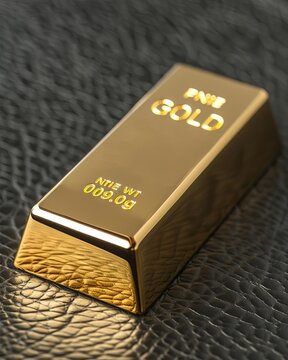Gold prices have stayed close to their all-time highs despite rising yields and shifts in the market. This trend has sparked discussions among analysts about how long gold can maintain this momentum. According to TDS macro analyst Daniel Ghali, certain factors in the global gold market analysis continue to support these high prices. In this article, we explore the key trends and insights provided by Ghali, focusing on how gold has performed in the wake of recent Federal Reserve decisions and market conditions.
Gold’s Response to the Fed’s Path
Since the most recent Federal Open Market Committee (FOMC) meeting, stock indices have remained near their peak levels. Meanwhile, credit spreads have tightened, and gold prices continue to hover near record highs. At the same time, long-term bond yields have risen alongside commodities markets, indicating a complex financial environment.
Ghali points out that gold prices have managed to stay resilient despite these conditions. Even though the Federal Reserve has started to shift its tone, suggesting a potential change in its rate-cutting strategy, gold hasn’t been significantly impacted by large-scale liquidations yet.
Limited Impact from Rate Repricing
Ghali explains that the recent U.S. non-farm payroll (NFP) report was the first major challenge to the market’s rate cut expectations. However, despite a shift in the rates market, gold prices have yet to face significant downward pressure. This suggests that investors are still confident in gold’s potential to hold its value, even as the path of interest rates becomes less predictable.
There’s a limit to how much the Fed’s easing cycle can be repriced. Gold still has a large margin of safety before any major sell-offs begin. The inflows into gold funds are continuing, though at a slower pace. Interestingly, substantial inflows have not been observed in recent weeks, which contrasts with the price action in the market.
Macro Fund Positioning and Market Risk
TDS’s analysis of macro fund positioning shows that it is now at its highest recorded levels. Ghali notes that current positioning slightly exceeds the levels seen after the Brexit referendum. This means that many macro funds are still betting on an “overly easy” monetary policy, which continues to support higher gold prices. Despite the elevated gap risk, gold prices remain buoyant, and there’s no immediate indication of significant liquidation events.
The fact that macro funds feel comfortable with their positions suggests they anticipate Federal Reserve policy to remain supportive of higher gold prices for the foreseeable future.
Conclusion
Gold’s resilience in the face of rising yields and changing market expectations continues to surprise many analysts. Although market repricing has occurred, gold has managed to hold its value, supported by macro fund inflows and a belief in continued monetary easing. As we move forward, it will be interesting to see whether gold can maintain its upward trajectory or if the expected rate hikes will finally weigh on prices.
For more in-depth updates on daily gold trends and market analysis, you can visit Daily Gold Signal. Additionally, for the latest news on gold market movements, check out Daily Gold Updates.





